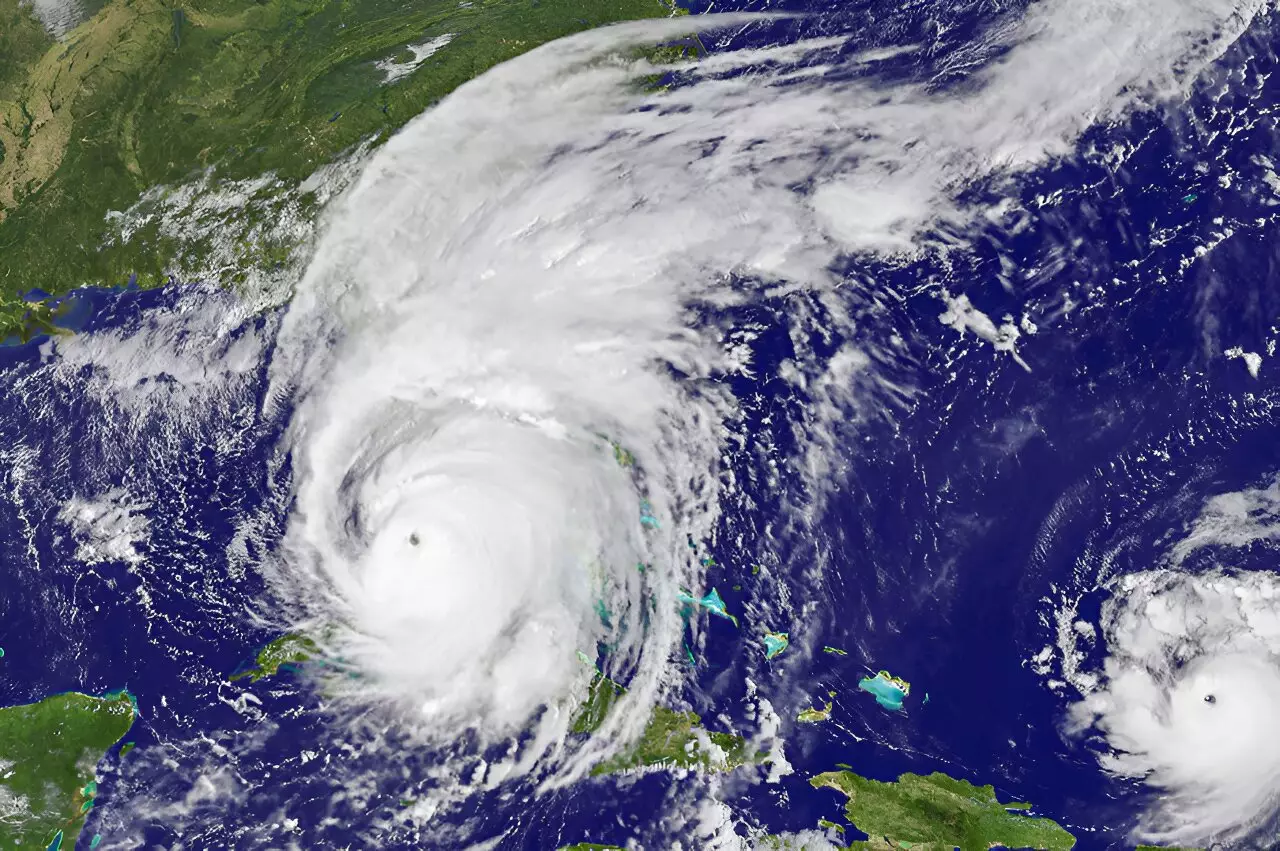Hurricane Irma made landfall on Florida on September 10, 2017, delivering catastrophic consequences to Miami-Dade County. Infrastructure outages were a primary concern, with over 600 cellphone towers rendered non-operational and nearly 900,000 Florida Power and Light customers left without power. Floodwaters inundated areas such as Coconut Grove and Matheson Hammock Park, reaching heights of up to 6 feet. Initial assessments focused primarily on the damage caused to physical structures and agricultural losses, estimated at a staggering $245 million. However, a study conducted by a University of Miami health geographer revealed a more insidious consequence of the hurricane—an exponential rise in mosquito populations, creating an increased risk for vector-borne diseases, especially amid the struggle for recovery.
According to Imelda Moise, the lead author of the groundbreaking study published in *Scientific Reports*, the post-hurricane environment in Miami-Dade presented exceedingly favorable conditions for mosquito breeding. Warm temperatures, elevated humidity, and nutrient-rich floodwaters conspired to exponentially increase mosquito populations in the weeks following the storm. Moise and her team meticulously analyzed mosquito abundance and species composition during the year of the hurricane, juxtaposing this data with figures from the preceding and succeeding years, specifically 2016 and 2018.
To conduct this pioneering analysis, researchers utilized mosquito surveillance data gathered through traps placed across more than 160 locations in Miami-Dade. They examined meteorological variables, incorporating daily temperature and rainfall metrics from Miami International Airport during the same time frame. The results were alarming; mosquito capture rates were recorded at 7.3 to 8 times higher in the four-week period following Hurricane Irma than in the corresponding periods in previous and subsequent years.
Among the myriad of mosquito species studied, *Culex nigripalpus* emerged as the most prevalent, accounting for 70.4 percent of the captured specimens. This medium-sized, dark brown mosquito is notorious for being a critical vector for various diseases in Florida. Unlike some species that are seasonally active, *Culex nigripalpus* is found to reproduce year-round in South Florida, particularly thriving during summer and early autumn months. The study revealed that the mosquito population rebounded within a mere week following the storm, debunking the preemptive notion that heavy rains would eliminate mosquito breeding grounds.
Moise’s findings highlighted a concerning reality—a significant surge in disease-carrying mosquitoes post-Irma, warranting immediate attention from residents and health officials alike. While many focus on dealing with nuisance mosquitoes that merely cause discomfort, the increase in species known to transmit diseases like West Nile virus, Zika virus, and Saint Louis encephalitis presents a more perilous public health risk.
Moise’s research, a first-of-its-kind analysis of its nature in Miami-Dade, contributes to a broader body of evidence linking hurricanes to increased mosquito activity. Similar studies following Hurricane Katrina in 2005 and Hurricane Maria in Puerto Rico in 2017 observed a comparable pattern—post-storm surges in mosquito populations. These retrospective analyses emphasize a recurring theme: hurricanes not only wreak havoc on infrastructure but significantly affect epidemiology and public health landscapes.
Moise’s findings, which also examined social determinants affecting health, identified that areas with high population densities in Miami-Dade were particularly vulnerable to mosquito outbreaks after Hurricane Irma. This intersection of environmental science and public health necessitates careful consideration from both researchers and policymakers alike.
As the specter of future hurricanes looms—evidenced by recent storms such as Hurricane Helene and the devastation wrought by Idalia—the study serves as an urgent appeal for vigilance. Residents in coastal communities must be educated and prepared not only to guard against discomforting mosquitoes but also to protect themselves from potential disease outbreaks. Moise emphasizes the need for community awareness, proactive measures, and robust public health responses to mitigate these risks.
As Miami-Dade continues to grapple with the fallout from Hurricane Irma, the findings of this study underscore the necessity of integrating ecological insights with public health strategies to better prepare for and respond to vector-borne disease outbreaks that follow natural disasters. Future research, as proposed by Moise, will be crucial in drawing more definitive links between hurricane activity and subsequent health crises, ultimately working towards safeguarding vulnerable communities against the threats posed by both natural calamities and the health risks they exacerbate.


Leave a Reply